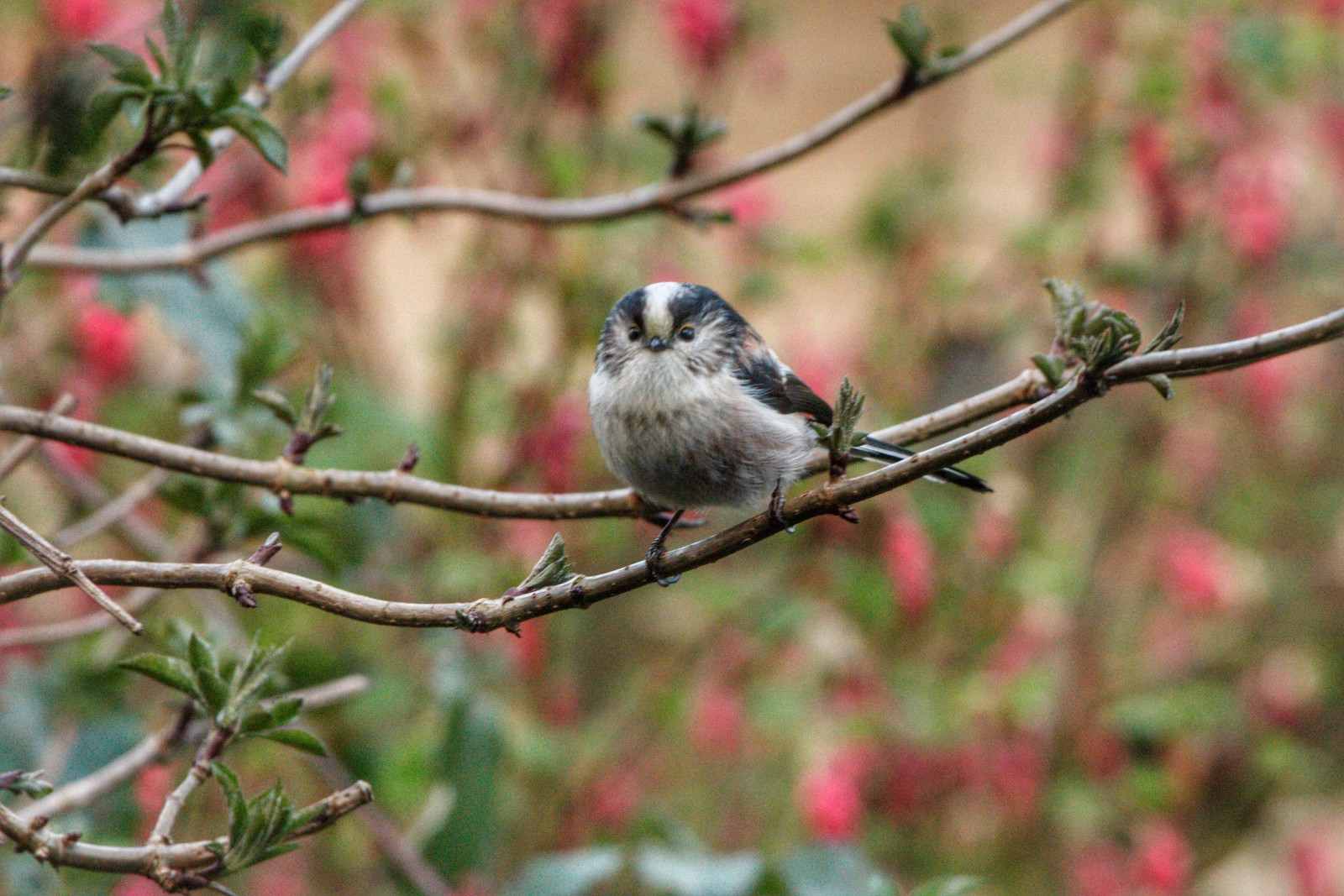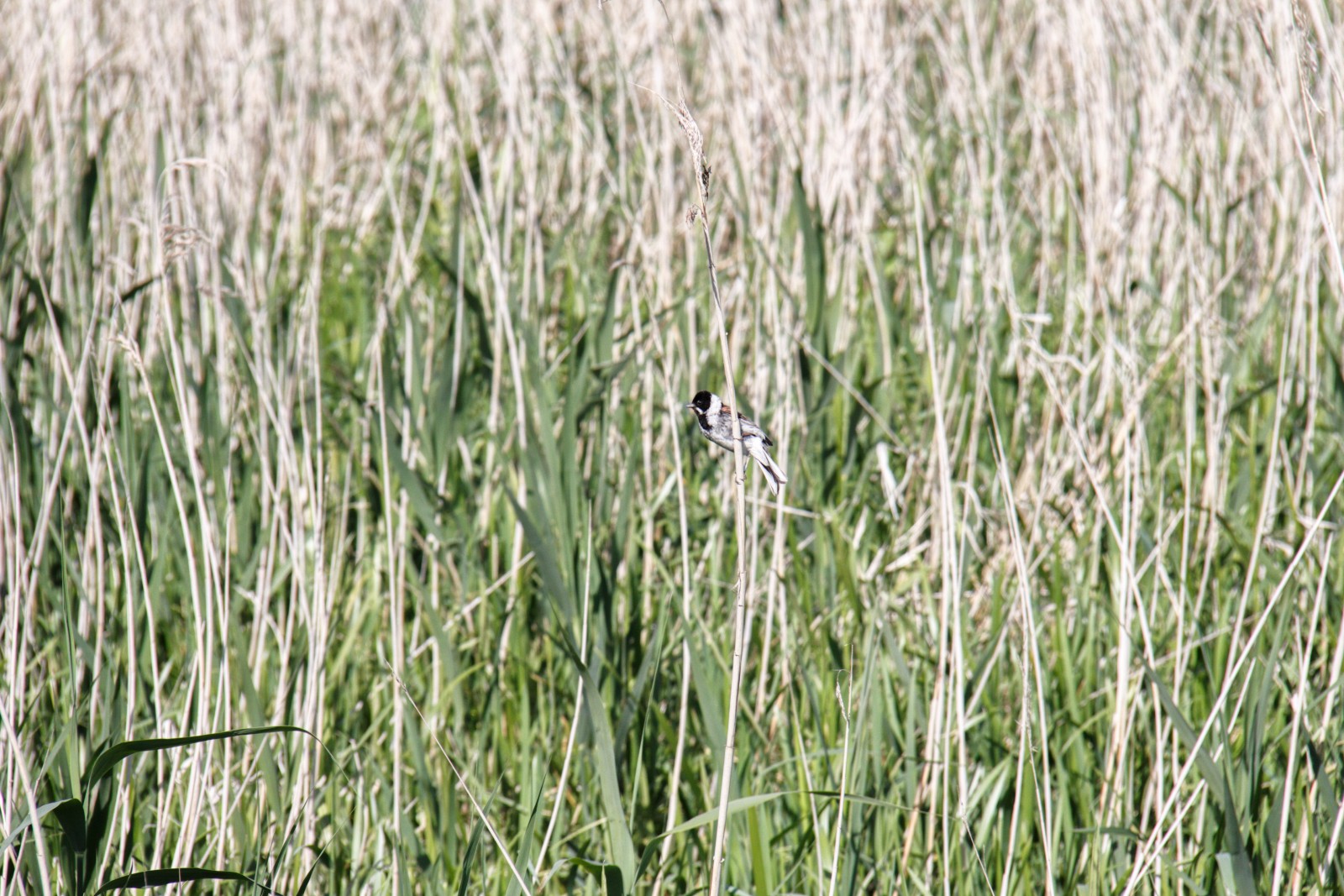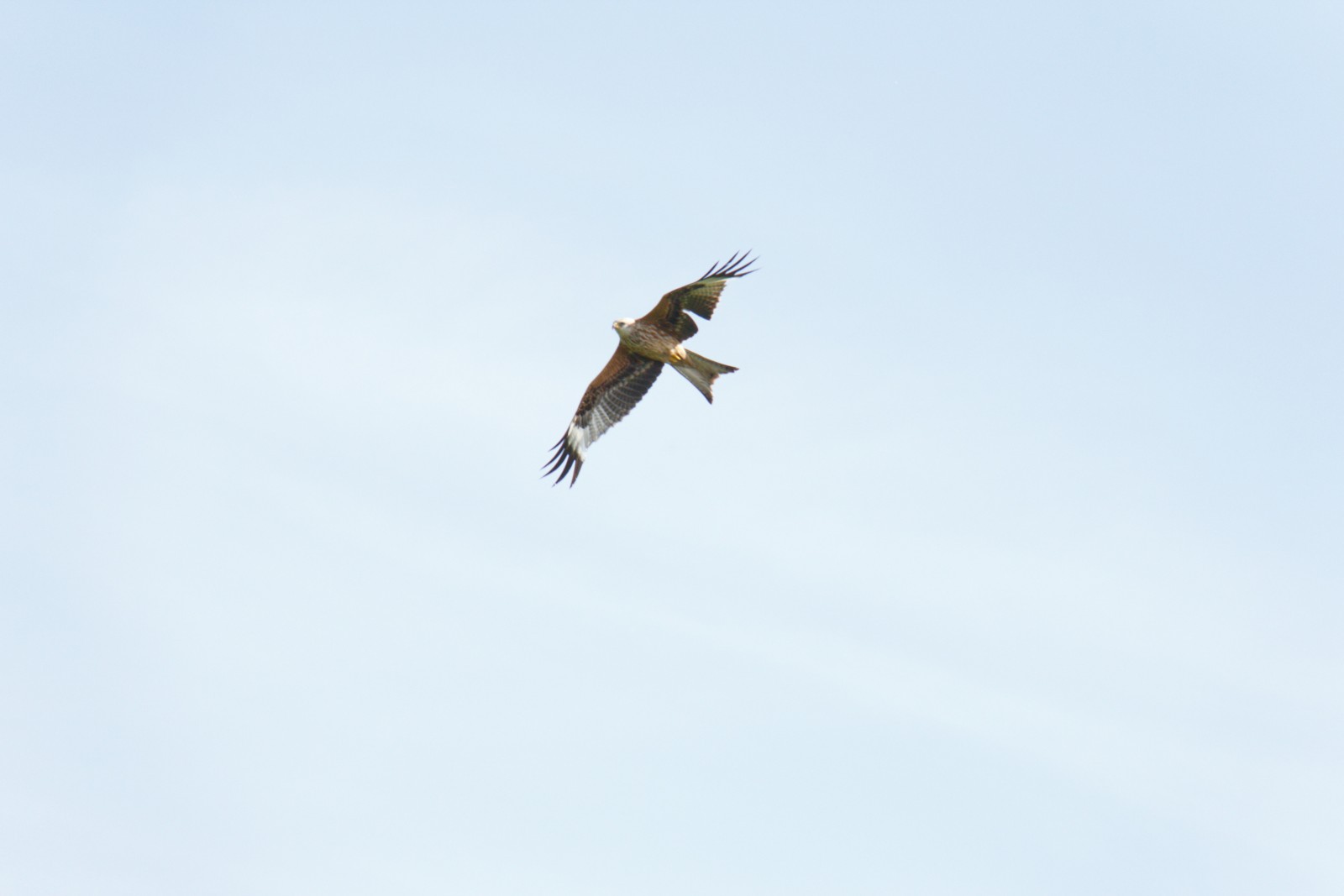Beschreibung
This is an area of 157 hectares with wet meadows with a pool and a scrape. It holds large areas of water after flooding. You can see quite a few migrating birds such as Rauchschwalbe, Mehlschwalbe, Flußuferläufer, Großer Brachvogel, Singschwan, Regenbrachvogel, Schilfrohrsänger, Flußseeschwalbe, Steinschmätzer. But also Rotmilan, Mäusebussard, Eisvogel, Kiebitz, Schleiereule, Graureiher, Seidenreiher, Häherkuckuck, Rohrammer Gimpel and also Bartmeise.
Best time to visit is March to end June for breeding waders and meadowbirds. November to end January for thousands of migrating birds once the area is flooded.
Details
Zugang
Eight miles south east of York, four miles east of the A19. From Wheldrake follow the road (Carr Lane) towards Thorganby and out of the village where the road takes a sharp right turn. 0.5 miles further on a narrow road to you left (after the Yorkshire Water compound) takes you down to the nature reserve. Park on the stony area next to the bridge over the River Derwent.
There are two different car parks, one for Wheldrake Ings, the other one for Bank Island. Both places are really close to each other and you can easily walk between the two (10 min).
Terrain und Habitat
Ebene , SchlammflächenBedingungen
Flach , Hochwasser möglichRundweg
NeinIst ein Spektiv nützlich?
Möglicherweise hilfreichGute Beobachtungszeit
Ganzjährig , FrühjahrBeste Beobachtungszeit
Frühjahrszug , HerbstzugRoute
Normaler WegSchwierigkeitsgrad der Tour
EinfachErreichbarkeit
zu Fuß , FahrradBeobachtungshütten oder -türme
JaZusätzliche Informationen
The wetlands attract a wide range of birds. Spring and autumn can be exciting as migrant waders, terns and raptors pass through. Tüpfelsumpfhuhn, Wasserralle and Weidenmeise all breed along with many common waders and ducks. Rohrweihe, Baumfalke and Wanderfalke are all seen regularly with the chance of an Fischadler or Trauerseeschwalbe during migration.




